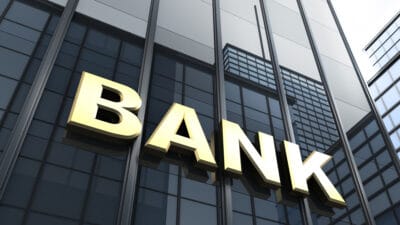Is the Commonwealth Bank of Australia (ASX: CBA) share price a buy right now?
The CBA share price has fallen around 11% since 11 August 2020, which is a fairly sizeable decline because that's wiped out a lot of the gains made since May.
But lower prices could be a buy signal for investors because ultimately buying at a cheaper price should help future returns.
The FY20 result was quite solid in my opinion, compared to other major ASX banks. Statutory net profit was up 12.4% because of gains on sales of divestments. Cash net profit after tax (NPAT) only dropped 11.3% to $7.3 billion.
However, COVID-19 had a sizeable effect on its loan impairment expense. It reported a $2.52 billion loan impairment expense, with a $1.5 billion COVID-19 provision. The net interest margin (NIM) fell by 2 basis points to 2.07%.
Loan payment holidays
One of the biggest worries for banks at the moment is that a large number of borrowers still aren't making repayments due to the coronavirus-caused crisis. If these loans don't start repaying to the banks in the next few months then the CBA share price could suffer more.
Last week CBA revealed some details about its loan book.
The total number of loan deferrals in August 2020 was 174,000, down from 182,000 in July and down from 210,000 in June. In terms of the dollar amount this represents, it was $59 billion in August, $62 billion in July and $67 billion in June.
In terms of home loans, the balance (in dollar terms) of loans that are still being deferred was 9.8% in August, 10.1% in July and 10.8% in June.
The number of loans where the deferral expired or was exited was $5.7 billion in August. However, there were $2.3 billion of new approved or extended loan deferrals in August, with $1.7 billion of those an extension of an existing deferrals.
Whilst the picture is certainly not perfect for CBA, it seems to be improving every month which is obviously a good thing.
The CBA share price may improve as its loan book returns closer to normal.
The dividend
CBA paid a full year FY20 dividend of $2.98 per share, which was a 31% reduction compared to FY19. That was about as much as the bank could pay considering APRA's direction to maintain strong balance sheets during this period.
The interim FY21 dividend may also be reduced. But in my opinion CBA is probably the most reliable big four ASX bank for dividends because the profit remains more resilient thanks to its quality.
At the current CBA share price it offers a FY20 grossed-up dividend yield of 6.4%. But the FY21 grossed-up dividend yield could be about 5%.
Other options
The CBA share price may not do too much over the next few years with rising bad debts and a low NIM. There would need to be strong credit growth to make up for those negatives. I don't think that CBA is a buy today. The dividend may not get back to FY19 levels for a long time.
There are other ASX shares with better dividend prospects in my opinion. For starters, Macquarie Group Ltd (ASX: MQG) could be the best ASX bank for dividends in my opinion with better potential growth. But Macquarie is not my top dividend pick.
I think ideas like WAM Microcap Limited (ASX: WMI), WAM Leaders Ltd (ASX: WLE), Vitalharvest Freehold Trust (ASX: VTH) and Pacific Current Group Ltd (ASX: PAC) could be picks for higher dividend income over the next few years compared to CBA.
In terms of the most reliable dividend options, I believe ASX shares like Washington H. Soul Pattinson and Co. Ltd (ASX: SOL), Brickworks Limited (ASX: BKW), Rural Funds Group (ASX: RFF) and APA Group (ASX: APA) can continue to provide growing dividends over the coming years.








